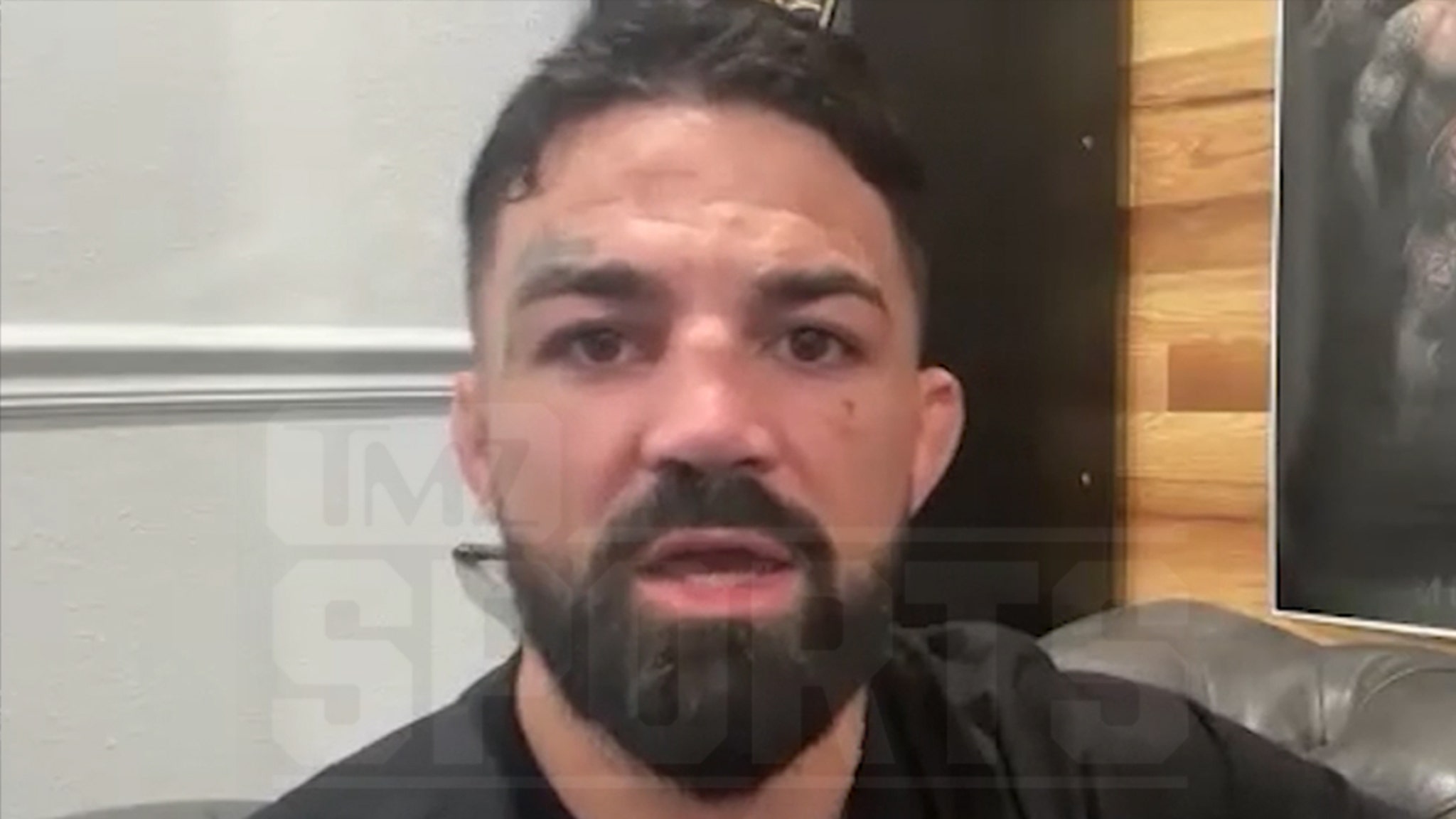Culture
Tomi Adeyemi’s Books Are Fantasy. What They Taught Her Is Painfully Real.

Something was in the air — though Tomi Adeyemi couldn’t quite say what. It wasn’t the sweltering heat of a New York City summer, nor the perfume of the sweat that had gathered atop our skin.
“What’s your sign?” Adeyemi immediately asked me, before we even began to talk about her new book.
Aquarius, I confessed.
“Stop!” she responded. “I’m just having my own moment because you are the third Aquarius sun I have met in the past 36 hours.” Later, she learns our zodiac signs are flipped: I’m an Aquarius sun and Leo moon; she’s a Leo sun and Aquarius moon. Air and fire, fire and air.
Drama, divination, nature’s elements — all words that could easily be applied to Adeyemi’s best-selling Legacy of Orïsha series, whose third and final book, “Children of Anguish and Anarchy,” will be published on Tuesday by Henry Holt Books for Young Readers.
The series follows a young girl named Zélie who is born of magical heritage in the kingdom of Orïsha. When the series opened, Zélie and her people, the maji, had been subjugated by Orïsha’s non-magical monarchy, which stripped them of their powers, abused them and did all it could to make sure they never returned to their former glory. Over the course of the first two books, “Children of Blood and Bone” and “Children of Virtue and Vengeance,” Zélie restores magic to the maji, and in the process accidentally gives it to the monarchy too, resulting in an all-out war between them.
“Children of Anguish and Anarchy” picks up after the battle. There is a victor, yes, but it’s neither the monarchy nor the maji. Turns out King Baldyr, the leader of a foreign faction called the Skulls whose wicked aspirations for world conquest echo those of trans-Atlantic slave traders, has landed in Orïsha. He’s captured Zélie, imprisoned her on his ship and trafficked her across the seas in hopes of harnessing her magic to colonize the land. Can Zélie save herself and her people before the Skulls wipe them out entirely? Or is she too late?
Ahead of the book’s release, Adeyemi spoke to the Book Review about the inspirations behind her young adult fantasy trilogy, how the West African-influenced series has changed since its debut in 2018 and what readers can expect in this last volume.
This interview has been edited and condensed for length and clarity.
Tell me about your inspiration behind the world of Orïsha.
It’s threefold. First, I was fresh out of college. I had a travel grant. I go to Brazil, go to Salvador, go to this museum and it’s closed for renovations. It was raining and I ended up in a gift shop and see these four ceramic plates: There was this beautiful dark-skinned goddess, faceless and in red; there was this goddess commanding the seas — again, brown skin; this powerful man commanding fire; and this other man with a green background and an arrow. And I had never even considered that there could be African gods and goddesses. It never crossed my mind. And so, it was literally like an explosion in the world of Orïsha. Not the characters, those came eight months later, but that world came fully formed. I saw the lions, I saw the magic, I saw the temples, I saw the battle.
Second was me realizing that I needed to make a serious attempt at making a living as a writer.
And third was my heart. I think I’d characterize it as emotional PTSD. It started with Trayvon Martin. It continued with “The Hunger Games,” with the backlash against all the Black characters; the South Carolina Bible study shooting; Philando Castile; Alton Sterling; Sandra Bland — all of these are emotional core memories because when it was a man, that was my dad. When it was Sandra, that was my mom. I say it’s emotional PTSD because it hadn’t happened to me, but it was the reverberations of everything I was seeing. I had something that was so heavy on my heart; I needed to get that out and I needed to work through that.
It’s been almost five years since your second book, “Children of Virtue and Vengeance,” was published. How did writing “Children of Anguish and Anarchy” compare with the others?
My books are kind of like Taylor Swift novels, because they’re whatever I’m going through or whatever I just went through. So Book 2 wasn’t about the emotional PTSD I felt I had from years of living with police brutality front and center on my screen; it was about the emotional turmoil I was in at that time in my life.
Book 3 is very similar. This is something my readers know, but I got really sick between the publication of Book 2 and the publication of Book 3. I got really, really, really sick. It took five years: I was sick for about three of those years, and I was healing and recovering for about two of those years.
What happened?
There’s a lot of reasons for it. I think it was the stress of Book 1 and Book 2, and the person I’ve always been: Type A! Achieve! Go, do this!
But it’s a lot, you know? You see those viral videos of, like, Miley Cyrus reading her schedule as a 14-year-old girl, and I’ll talk to my producers and they’ll be like, “You actually did have a very Disney-Channel-star experience.” You take all of that, you take the age and you take the belief that the story was more important to me.
It’s hard because I wouldn’t change this or that, but I also look at this as the journey that you go through. There’s this greater divine timing to how these stories are coming out, and with this third book, I have people who have been on this journey with me, and there’s such a joyful celebration.
What do you hope readers take away from this final book?
I want them to feel loved. I don’t want to say I’m grateful for the journey it took to get me to this point, but I like that I can stand in front of readers and say, “Hey, we know life’s going to knock us down. That’s life. Life is going to life.”
Whether you need to take inspiration from Zélie and her story and how she got knocked down and got back up and ultimately becomes what she becomes through the journey of this book, or, my story of the past five years where I was so sick I couldn’t even write or speak and then to come back and be like, “Oh my gosh. Look at what you did!”
If you need a fictional hero, I got you. If you need someone who’s got her own scars and wounds — but with long hair, still fabulous — I got you.























